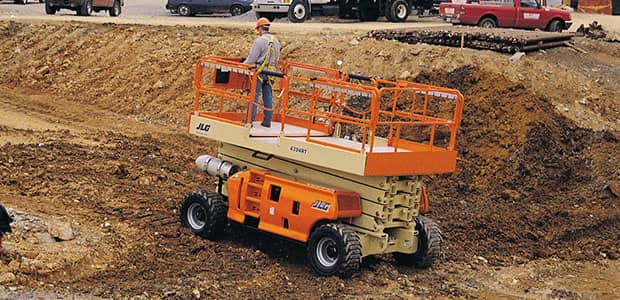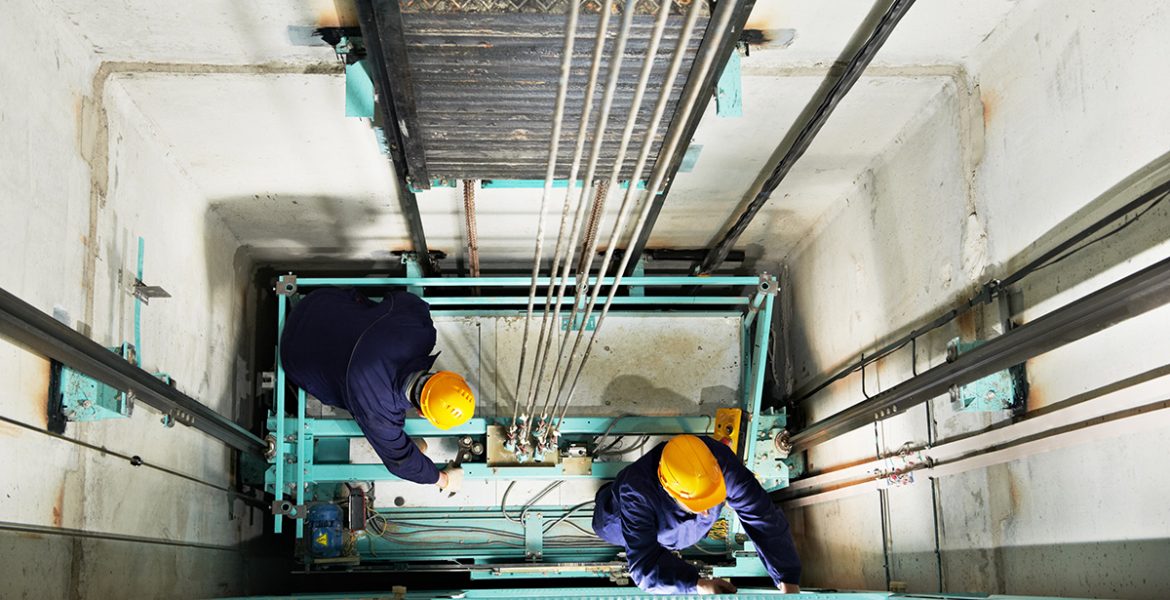Emergency Situation Lift Repair Solutions: Ideal Lift Service Company Options
Emergency Situation Lift Repair Solutions: Ideal Lift Service Company Options
Blog Article
Expert Tips for Ensuring Security During Comprehensive Lift Repair Work Treatments
In the realm of thorough lift repair procedures, safety stands as a critical concern that necessitates thorough interest to detail and adherence to developed protocols. The complex nature of working with lifts demands a vigilant strategy to protecting against prospective threats and making sure the well-being of personnel associated with fixing tasks. Among the intricate dancing of repairing and preserving lifts, a mistake can have extreme repercussions, emphasizing the crucial requirement for expert pointers to navigate these procedures with utmost caution and preparedness. As the complicated interplay of machinery and human treatment unfolds, a strategic approach to security becomes the linchpin for effective repair work procedures.
Security Equipment Demands
The security gear requirements for lift fixing procedures are necessary to make certain the health of upkeep employees. Correct security equipment not only safeguards workers from prospective hazards however likewise enhances efficiency and precision during repair work jobs. When servicing lifts, maintenance workers must follow stringent security methods by putting on appropriate gear such as hard hats, security goggles, gloves, steel-toed boots, and high-visibility vests. These items are designed to provide defense against head injuries, eye damage, hand injuries, foot injuries, and boost visibility in the workplace to stop mishaps.
Safety and security goggles safeguard the eyes from particles, chemicals, or stimulates that might be created during repair service job. By purely adhering to safety equipment demands, maintenance employees can minimize dangers and work efficiently to maintain and repair lifts.

Devices Evaluation Checklist
To make sure the maintenance employees's security and the correct performance of lifts, a thorough tools evaluation list is critical prior to beginning any type of fixing treatments. lift repair. This list should include a detailed assessment of all parts such as cables, wheels, electrical systems, and safety and security mechanisms. It is crucial to examine for any indications of wear and tear, rust, or damages that might compromise the lift's structural integrity or operational efficiency
Along with mechanical components, the assessment list ought to encompass safety functions like emergency brakes, limitation switches, and overload sensors. These safety and security systems play a crucial role in protecting against mishaps and guaranteeing user protection throughout lift procedure.
In addition, validating the calibration of control systems, validating correct ventilation and illumination within the lift shaft, and examining for any obstructions or particles are vital action in the inspection process. Routine upkeep and adherence to the tools assessment list not only improve security procedures but likewise extend the lifespan of the lift system, lowering the probability of unexpected failings or pricey repair services.
Hazard Identification Techniques
Utilizing methodical evaluation methods, danger identification techniques are employed to identify potential dangers within lift repair treatments. These techniques include a detailed evaluation of the repair service setting, devices, and tasks involved to recognize any type of dangers that might result in injuries or accidents. One usual technique is the Job Safety And Security Analysis (JSA), where each action of the repair process is thoroughly evaluated to identify prospective dangers and identify the most effective precaution to reduce them. In Addition, Failing Setting and Results Analysis (FMEA) can be used to anticipate potential failing factors in the repair service procedure and develop safety nets to resolve them proactively.

Emergency Action Preparedness
With a focus on guaranteeing swift and reliable feedback to unpredicted scenarios, emergency action readiness is an essential element of preserving safety and security during lift fixing procedures. Focusing on emergency readiness entails developing clear interaction channels, marking certain roles and obligations, and carrying out regular drills to test reaction times and procedures.
Crucial element of emergency action readiness consist of having readily obtainable emergency treatment sets, fire extinguishers, and emergency situation call details plainly displayed. It is necessary to train all workers associated with lift repair work treatments on emergency situation feedback methods, including how to safely evacuate the area in case of a fire or other emergency situations.
Furthermore, establishing a thorough emergency action strategy details to lift repair service situations can aid reduce potential dangers and guarantee a prompt and collaborated reaction in the event of an event. Routinely updating this plan and evaluating based upon lessons gained from previous drills or incidents is crucial to continually enhance safety steps during lift fixing procedures.
Ongoing Security Training
Consistent education and training in safety procedures is an essential component of ensuring the ongoing safety of workers throughout lift repair service procedures. Recurring security training plays an essential function in maintaining workers educated regarding the most recent safety criteria, procedures, and ideal practices in the market (platform lift dimensions). By giving routine training sessions, workers can remain up-to-date on possible risks, secure work treatments, and emergency situation protocols particular to raise repair service settings
Regular safety and security training likewise assists reinforce the relevance of complying with safety guidelines and procedures in any way times. It instills a safety-conscious frame of mind amongst workers, advertising a society of security within the work environment. Additionally, continuous training permits employees to rejuvenate their expertise and abilities, improving their readiness to take care of any unforeseen security challenges that might occur throughout lift fixing operations.
To make sure the performance of recurring safety and security training, it is vital to customize the content to the specific risks and needs connected with lift repair treatments - lift servicing companies. Employers ought to consistently assess training requirements, offer opportunities for lift breakdown hands-on technique, and encourage open interaction regarding safety worries among all workers entailed in lift repair work operations
Verdict
Finally, ensuring safety during extensive lift fixing procedures is crucial for protecting against injuries and mishaps. By following safety and security gear needs, conducting tools assessments, determining dangers, getting ready for emergencies, and offering continuous safety training, employees can reduce threats and develop a risk-free work atmosphere. Focusing on safety and security actions and staying alert throughout the repair process will certainly aid shield both employees and the equipment being serviced.
When working on lifts, maintenance personnel must adhere to rigorous security protocols by using ideal gear such as hard hats, safety and security goggles, gloves, steel-toed boots, and high-visibility vests. One usual method is the Work Security Evaluation (JSA), where each action of the fixing procedure is carefully analyzed to determine prospective risks and determine the best safety and security steps to minimize them.Continual education and training in security protocols is a basic component of ensuring the continuous safety and security of employees throughout lift repair work treatments.Routine safety training likewise aids strengthen the importance of following safety standards and treatments at all times. By complying with security gear needs, performing equipment evaluations, identifying threats, preparing for emergencies, and supplying recurring safety and security training, workers can lessen threats and create a secure work setting.
Report this page